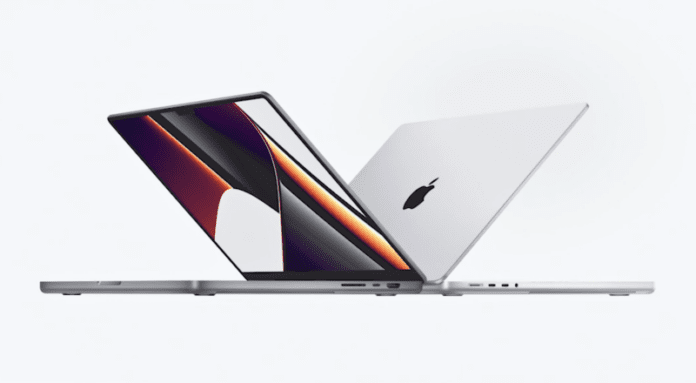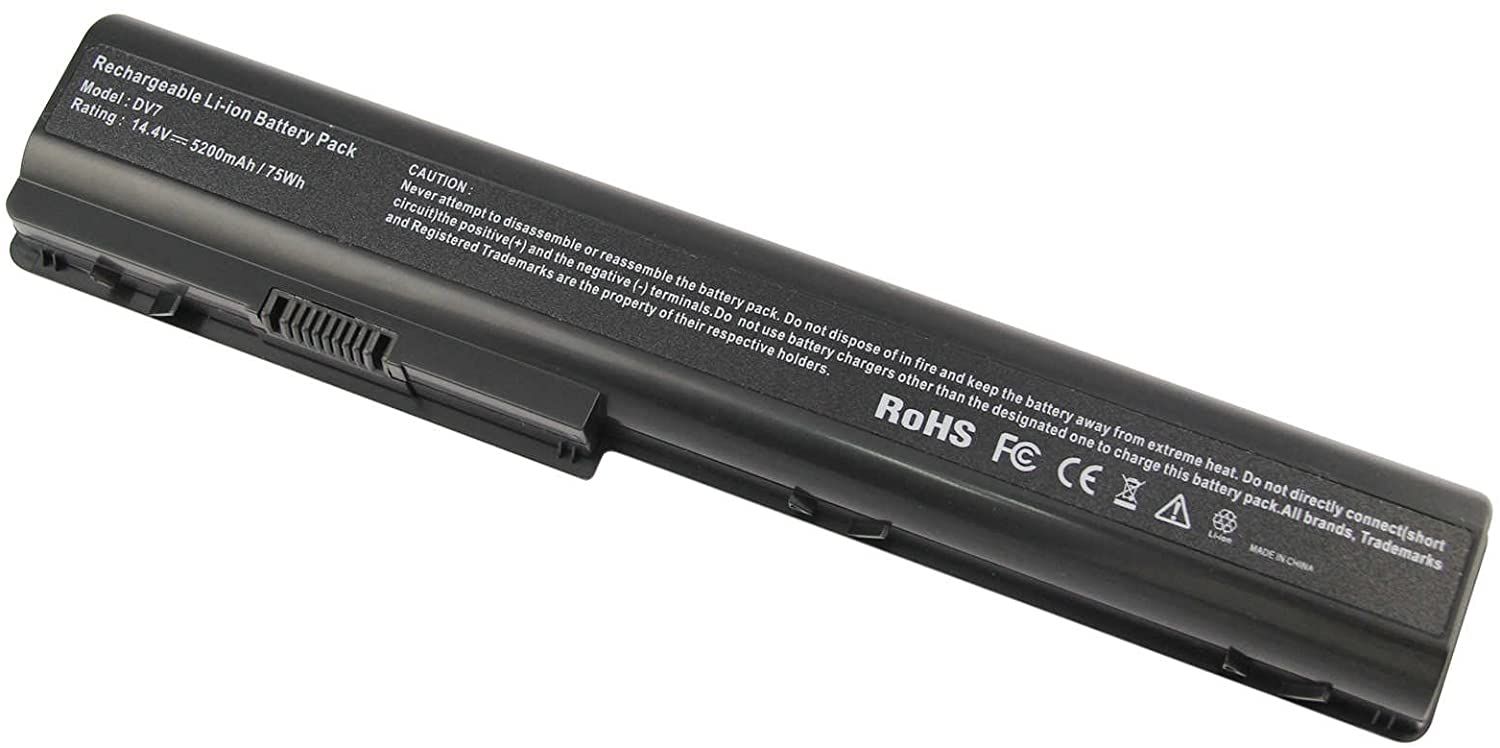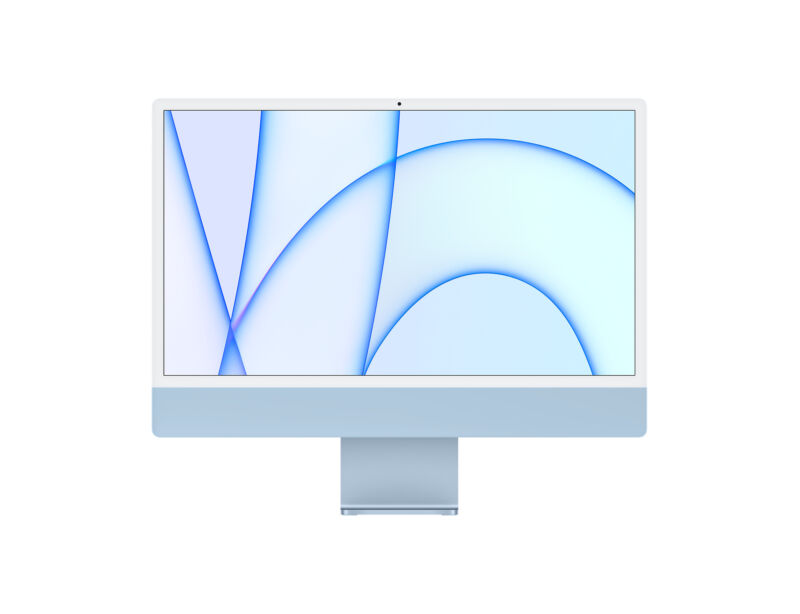Nearly a year after announcing the first low-end M1 Macs last November, Apple has finally unveiled an update for its higher-end laptops. New 14-inch and 16-inch MacBook Pro models will include the M1 Pro and M1 Max chips, faster successors that build upon the foundation of the original M1, as well as more ports and a slight redesign. This marks the most significant change to the MacBook Pro since the Touch Bar was introduced back in 2016.
Both MacBook Pro models will be available for order today, and they’ll begin shipping next week. The 14-inch model starts at $1,999, which will get you a version of the M1 Pro with an eight-core CPU and 14-core GPU, 16GB of RAM, and 512GB of storage. The 16-inch model will start at $2,499, which includes the full version of the M1 Pro, with a 10-core CPU and 16-core GPU, 16GB of RAM, and 512GB of storage. Color options remain relatively staid: you can get silver or space gray, but not the rainbow of color options you get with the 24-inch iMac.
The 16-inch MacBook Pro uses a 16.2-inch display with a 3456×2234 pixel resolution, while the 14-inch model uses a 14.2-inch display with a 3456×2234 resolution. Both screens use mini LED backlighting and slimmer bezels almost all the way around the screen, albeit at the expense of an iPhone-style display notch at the top of the screen for the improved 1080p webcam. Both screens also support Apple’s ProMotion feature, increasing the typical 60 Hz refresh rate up to a smoother 120 Hz.
Both MacBook Pros include a redesigned keyboard that jettisons the Touch Bar in favor of a dedicated function row—like other recent MacBooks, it also includes a Touch ID fingerprint sensor.
The MacBook Pros are powered by two new Apple Silicon chips, the M1 Pro and the M1 Max—each are huge steps up from the M1 in terms of both CPU and GPU performance. Apple says both chips are twice as fast as the previous-generation Core i9 MacBook Pro at CPU-bound tasks. The M1 Pro is up to 2.5 times faster at GPU tasks, while the M1 Max is up to four times faster.
The M1 Pro has a total of either eight or 10 processor cores—six or eight high-performance cores and two low-power efficiency cores, compared to four performance cores and four efficiency cores for the M1. The M1 Pro improves graphics performance by including either 14 or 16 GPU cores, up to twice as many as the eight-core GPU version of the M1. The chip also has a 256-bit memory interface, twice as fast as the M1’s memory interface, and supports up to 32GB of RAM, twice as much as the M1’s 16GB cap.
The M1 Max boosts things even further, with a 512-bit memory interface, up to 64GB of RAM, and 24 or 32 GPU cores. Memory bandwidth is typically the biggest bottleneck for integrated GPUs, and Apple’s focus on a super-wide memory controller and a single pool of RAM that both the CPU and GPU can draw from will allegedly help the M1 Max’s GPU compete with discrete laptop GPUs while using 40 percent less power.
Both chips also improve on the M1’s I/O, with support for additional Thunderbolt 4 ports and more external displays than current M1-based Macs. The M1 Pro can connect up to two of Apple’s ProRes XDR displays, while the M1 Max can support up to three XDR displays plus a 4K TV.
Apple has also re-added ports to the MacBook Pros after removing most of them in the 2016-era redesign. In addition to a MagSafe 3 power connector, each MacBook Pro includes three Thunderbolt 4 ports, a full-side SD card slot, an HDMI port, and a headphone jack. Both laptops are also thicker and heavier than the models they replace, despite the improved efficiency of the Apple Silicon chips—the 16-inch model is 4.7 lbs, up from 4.3 lbs for the old MacBook Pro, and the 14-inch model is 3.5 lbs, up from 3 lbs even for the 13-inch Pro.
Both laptops will also ship with macOS Monterey, which will be available to all Macs that support it on October 25.













